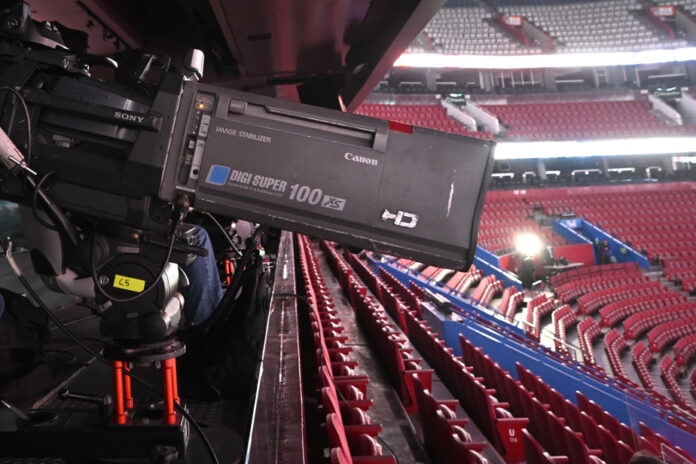Almost 15 years after the general interest channels, it is the turn of the specialized channels to see the abolition of the limit of 12 minutes of advertising per hour.
The Canadian Radio-television and Telecommunications Commission (CRTC) announced the decision on Wednesday, noting that Canadian specialty channels today face “significant competitive challenges” from online platforms like Netflix.
This decision of the federal court in telecommunications comes almost three years after a request to this effect by Quebecor Media, on behalf of Groupe TVA. On June 19, 2020, the broadcaster had asked to lift the limit of 12 minutes of advertising per hour for its specialty channels, called “optional services”, AddikTV, CASA, Évasion, LCN, MOI ET CIE, PRISE2, TVA Sports, TVA Sports 2, Yoopa and Zest.
TVA Group then argued that only specialty channels were subject to an advertising time limit, which “unduly favors foreign online platforms, which capture a growing share of advertising revenue,” we can read in the CRTC decision.
Currently, this limit of 12 minutes of advertising per hour can only be circumvented by two types of specialty channels, those that broadcast sporting events or national news. Channels such as RDS or LCN are allowed to spread this advertising time over their entire programming day, “in order to allow the broadcast of live events without interruption, when appropriate”.
In response to Quebecor’s request, the CRTC recognizes that video-on-demand services obtain a growing share of television broadcasting revenues, rising from 4.7% in 2017 to 11.7% in 2021. That of specialty channels is slightly down. decreased from 22.1% to 19.2% during the same period.
All national specialty channels, including those of Quebecor’s competitors, are therefore authorized to broadcast more than 12 minutes of advertising per hour. These channels must, however, broadcast only national and not local advertising, in order to protect independent broadcasters. This restriction can be lifted with permission from the CRTC.
Channels specializing in languages other than English or French, for their part, obtain the abolition of another limit, that of broadcasting a maximum of 6 minutes of local advertising per hour. Specialty channels that offer local programming benefit from the same abolition.
What impacts would lifting these ad limits have on viewers? “The Commission considers that removing the advertising time limit would have a limited impact on subscribers,” the decision reads. First, because the programs produced generally follow a specific format, for example 44 minutes in a one-hour programming block. “Viewers may see more ads during breaks on certain shows, as is currently the case with traditional stations,” it notes. The intervenors heard by the CRTC all recognized that there was a “real risk of overwhelming viewers with advertisements”, it was written, which would not be to the benefit of television broadcasters.
The CRTC serves up a warning: “Given the trend of cable churn and cable reduction, the Commission considers that it is not in the interest of broadcasters to significantly increase the number of advertisements aired throughout the throughout the day and thus adversely affect the television viewing experience of subscribers. »
The abolition of the 12-minute advertising limit in 2009 did not prevent the decline in revenues for general-interest channels, notes the CRTC. It is cautiously analyzed that this abolition may “have contributed to mitigating the decline in revenue they were facing due to audience fragmentation”.
It has not been possible to obtain comments from Bell and Quebecor at the time of this writing.















